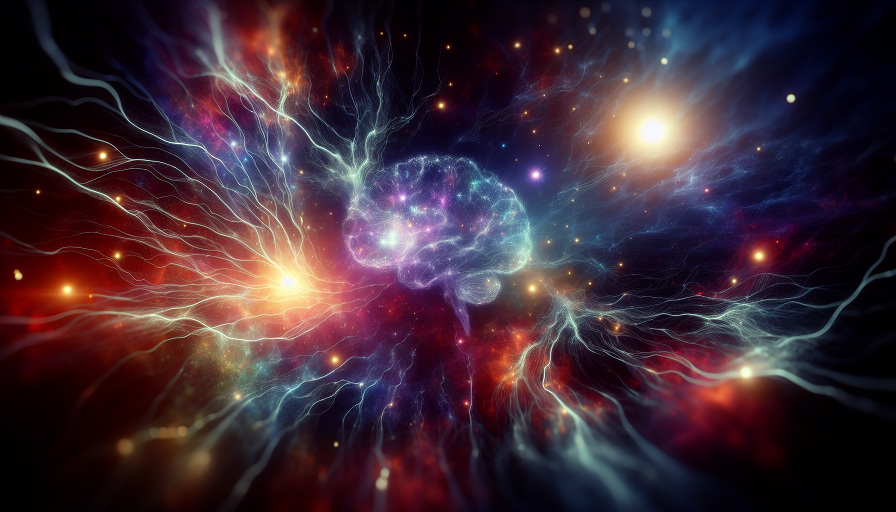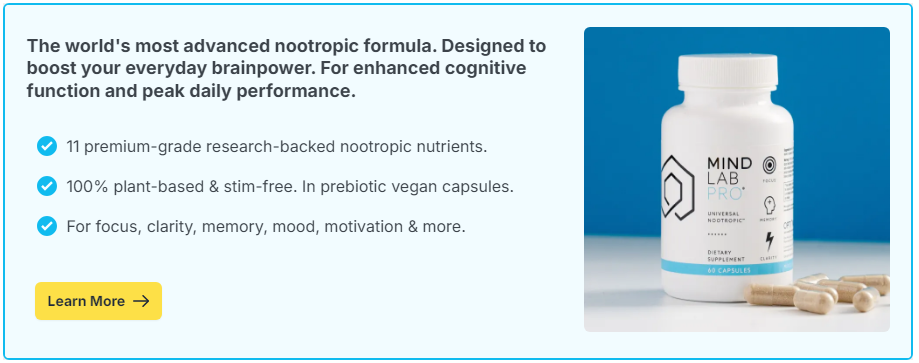
You take a square sheet of paper. With each fold, it transforms—first a triangle, then a diamond, now a crane. What began as a flat surface becomes a complex three-dimensional form, guided only by your hands and spatial intuition. This is origami—a seemingly simple art that might be secretly strengthening your brain’s ability to think in 3D.
Beyond its elegance and creativity, origami engages multiple cognitive processes at once, from spatial visualization to fine motor control and sequential reasoning. And it turns out these skills don’t just make better paper sculptures—they make sharper, more adaptive thinkers. So yes, folding paper might literally be folding your brain in new directions.
Contents
- What Does It Mean to “Think in 3D”?
- How Origami Exercises Spatial Intelligence
- Origami in Education and Brain Development
- How the Brain Responds to Folding
- Origami in Therapy and Brain Rehab
- Origami and Mindfulness: Stillness with a Focus
- Real-World Applications of Origami Thinking
- Can Nootropics Support 3D Thinking and Mental Modeling?
What Does It Mean to “Think in 3D”?
Three-dimensional (3D) thinking—also known as spatial reasoning—is the ability to mentally visualize and manipulate objects in space. It allows you to:
- Imagine how objects move, rotate, or unfold
- Understand relationships between structures
- Mentally deconstruct or reconstruct components
- Navigate environments or abstract systems
This kind of thinking is critical in fields like engineering, surgery, architecture, animation, and advanced mathematics—but it also supports everyday problem-solving, especially when it involves visualizing possibilities.
How Origami Exercises Spatial Intelligence
Every origami fold is a cognitive micro-challenge. You’re transforming a 2D material into a 3D form using only a mental blueprint (or maybe some diagrams), without cutting, gluing, or measuring. This requires intense engagement of several brain systems:
- Parietal lobe: Processes spatial awareness and mental rotation
- Prefrontal cortex: Handles planning, working memory, and sequencing
- Motor cortex and cerebellum: Coordinate precise hand movements and feedback
It’s not just art—it’s spatial rehearsal.
Key Mental Skills Origami Builds
- Spatial visualization: Predicting how folds affect final structure
- Sequential logic: Understanding step-by-step processes
- Pattern recognition: Seeing symmetry and geometric relationships
- Cognitive flexibility: Adapting when folds don’t go as planned
Origami in Education and Brain Development
Educators increasingly use origami to boost STEM skills, especially in early childhood and middle school. Why? Because it improves geometry comprehension, hand-eye coordination, and executive function—all without feeling like “work.”
In Classrooms, Origami Is Used To:
- Teach fractions and angles (a fold is a perfect bisector)
- Reinforce symmetry and spatial transformations
- Develop patience, attention, and focus
In one study, students who practiced origami regularly outperformed peers on spatial reasoning tests and showed improved geometry skills. This is particularly beneficial for learners who struggle with abstract math—they can finally “see” the concepts unfold in their hands.
How the Brain Responds to Folding
When you engage in origami, you activate visuospatial working memory—the system that lets you hold and manipulate visual and spatial information temporarily. This system is crucial for:
- Planning multistep actions
- Following directions
- Understanding maps, graphs, and charts
Repeatedly using this system through activities like origami strengthens the neural pathways responsible for mental modeling and simulation. The better your brain gets at holding spatial data, the more efficiently it can problem-solve.
Origami in Therapy and Brain Rehab
Origami is also used in occupational therapy and stroke rehabilitation to rebuild coordination and mental function. Therapists value it because it:
- Improves bilateral coordination
- Enhances fine motor precision
- Promotes calm through repetitive motion
- Encourages perseverance and self-efficacy
It’s particularly effective for those with motor or cognitive challenges who need low-risk, high-engagement activities to rebuild brain-body communication.
Origami and Mindfulness: Stillness with a Focus
In addition to brain stimulation, origami offers cognitive stillness. The quiet repetition of folds can be meditative, similar to practices like knitting or mandala coloring. It engages focused attention networks while calming the default mode network, making it ideal for:
- Reducing anxiety
- Improving sustained attention
- Combating mental fatigue
When your hands fold, your mind often quiets—and focus sharpens.
Real-World Applications of Origami Thinking
Origami principles aren’t confined to art or education—they’re reshaping real-world technology.
Examples Include:
- Space technology: NASA uses origami-inspired designs to fold satellite panels for launch.
- Medical devices: Foldable stents and surgical tools rely on origami principles for compact deployment.
- Robotics: Engineers use folding patterns to create shape-shifting soft robots.
These innovations rely on minds trained to see beyond flat surfaces—to visualize form, function, and motion.
Can Nootropics Support 3D Thinking and Mental Modeling?
If you’re looking to strengthen the cognitive systems that origami activates—like working memory, attention, and spatial logic—certain nootropics may offer support.
Nootropics That May Enhance Spatial Reasoning and Focus
- Citicoline: Boosts cognitive clarity and focus, useful for complex sequential tasks like folding
- Lion’s Mane Mushroom: Encourages neuroplasticity, supporting mental visualization and spatial modeling
- Rhodiola Rosea: Enhances cognitive stamina and resilience during concentration-intensive tasks
- Bacopa Monnieri: Supports memory formation and mental flexibility, useful for step-by-step tasks
When paired with origami or similar spatial activities, these supplements can help you stay focused and sharpen mental precision.
Origami isn’t just about folding paper—it’s about unfolding the mind. With each crease, your brain practices patience, precision, and visualization. You learn to think spatially, to imagine outcomes, to persevere through complexity. These are the same cognitive muscles that support innovation, problem-solving, and creativity in every field.
So if you want to strengthen your brain’s ability to think in 3D, grab a square of paper and start folding. It might look like a crane—but inside your brain, it’s a bridge to deeper, sharper thought.

